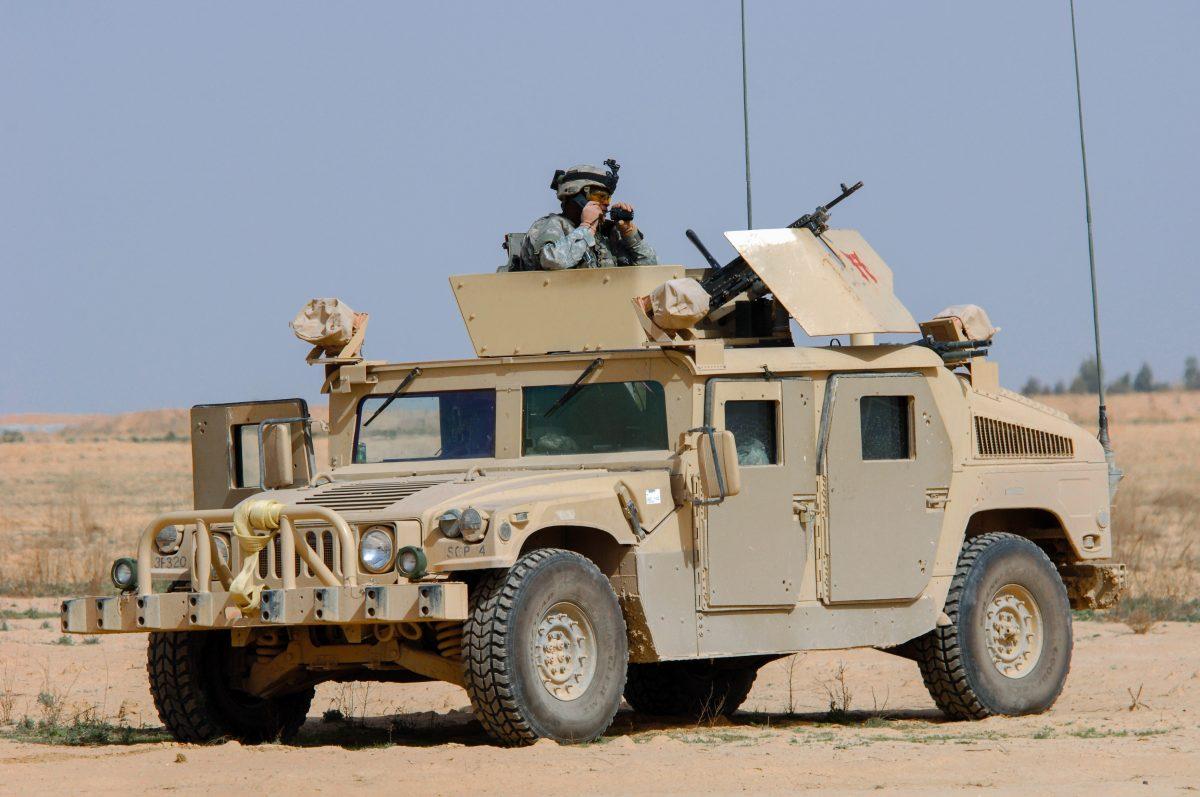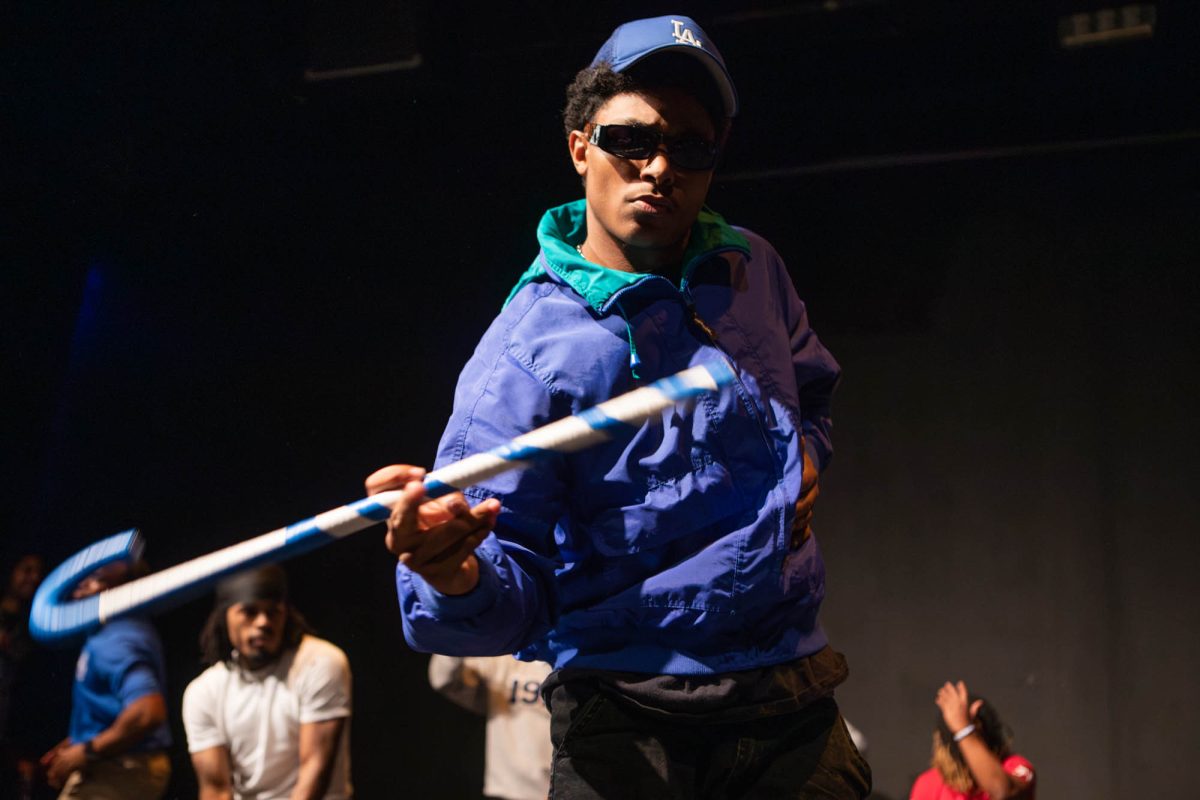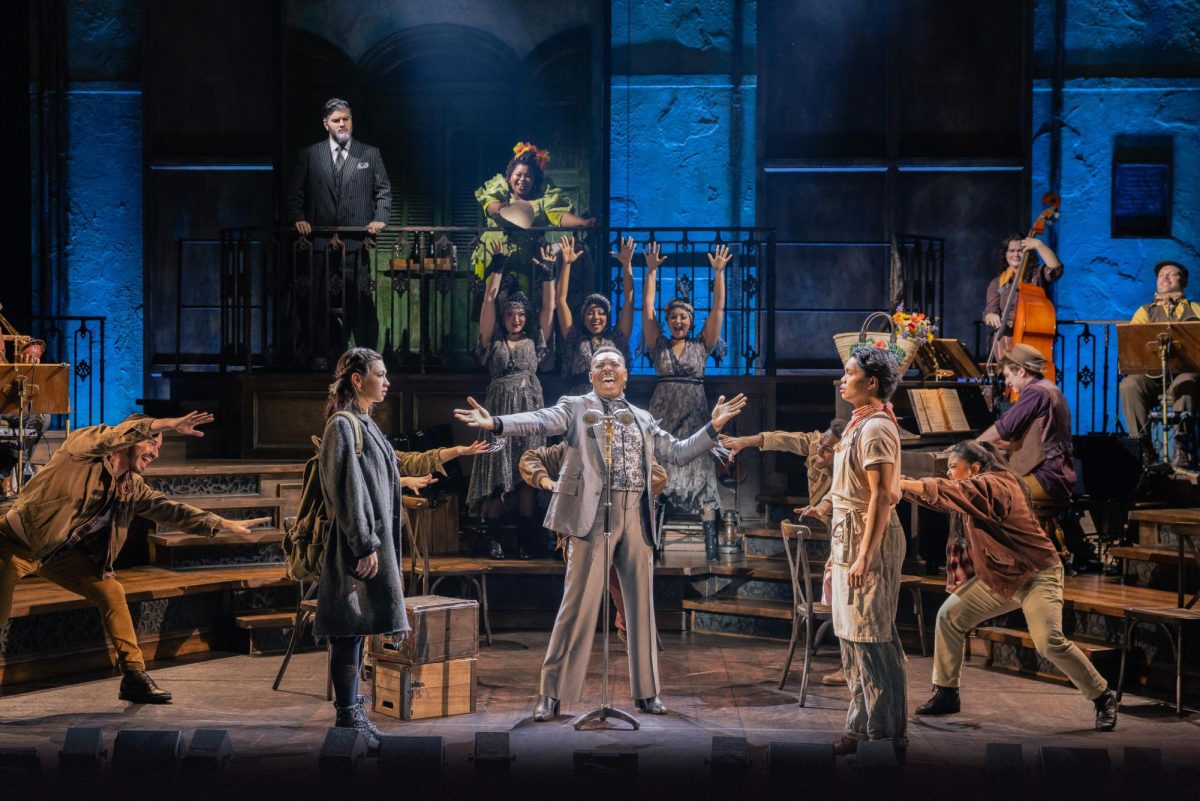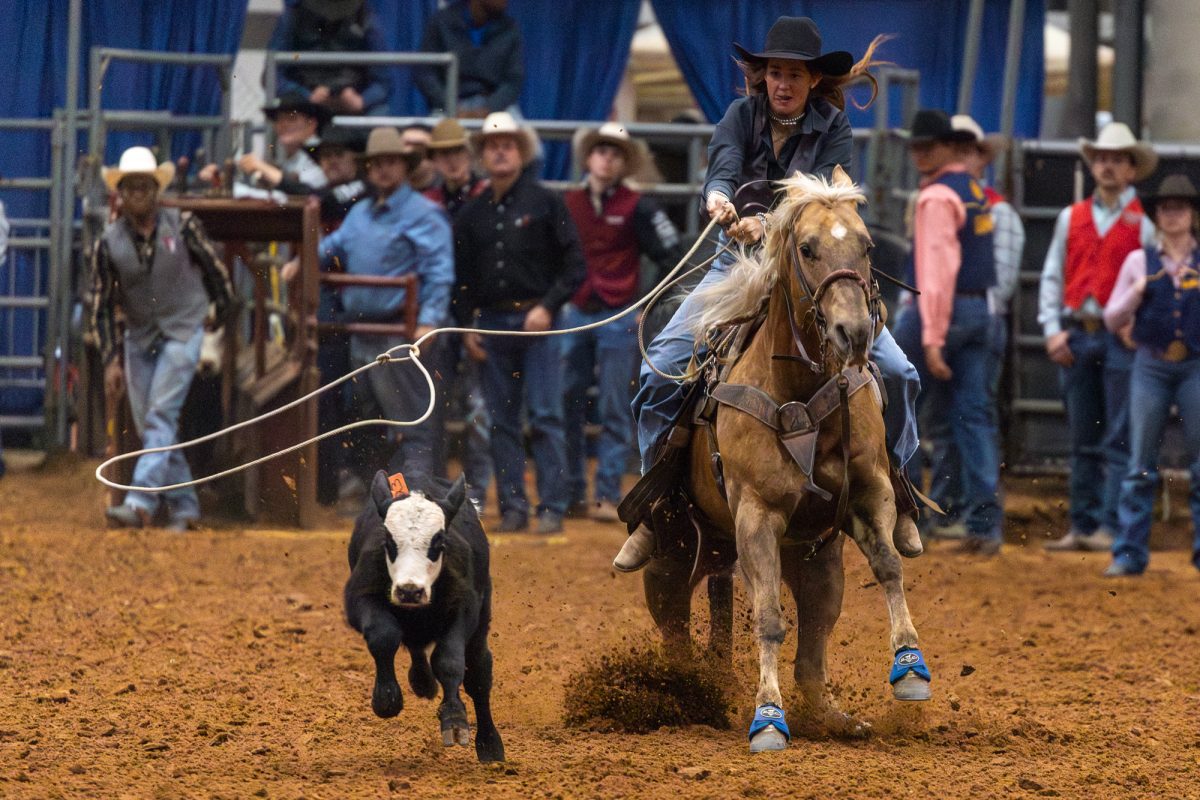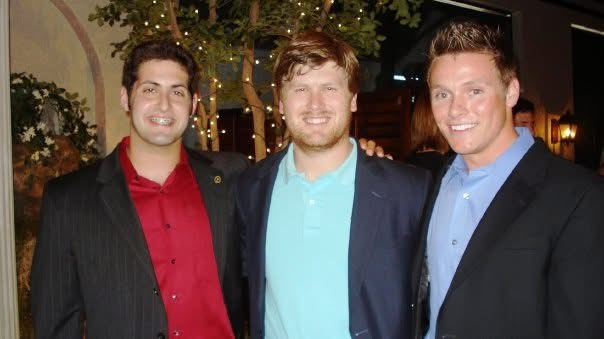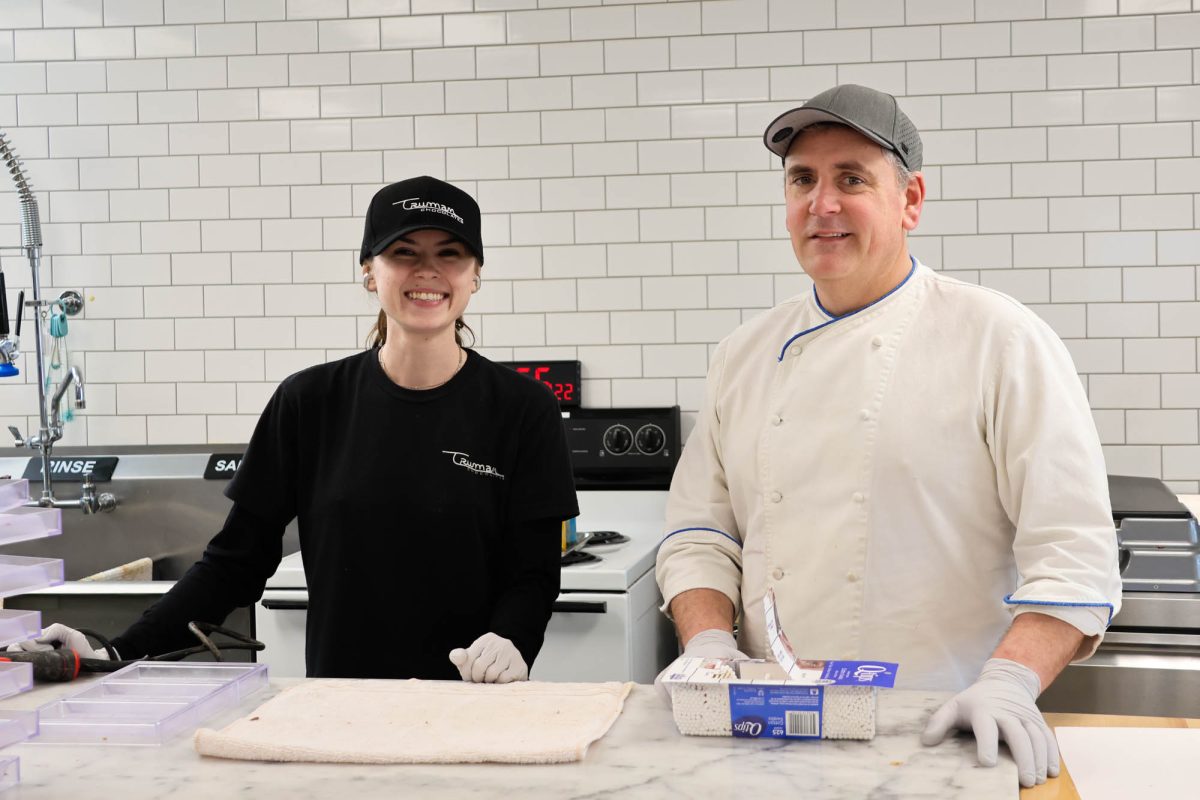“The 15:17 to Paris” didn’t feel at all like a big-budget movie directed by Clint Eastwood. Despite some fairly big names in the cast, and the legendary director himself, the quality of Paris remained low and awkward throughout. It felt like a B-list movie. The story started off slow and the acting was either horribly overdone, or slightly underdone throughout the first two-thirds of the film.
Paris tells the true story of a group of childhood friends who, while touring Europe on vacation, stopped a terrorist on a train and managed to prevent a man carrying almost 300 rounds of ammunition from firing more than a single shot. They kept the body count of what could have been a devastating attack down to zero.
The film starts by showing how the three friends met in middle school, attempting to give some kind of backstory to the event (and probably to add to the runtime). This choice to show the characters as children destroyed what otherwise could have been a decent film.
The scenes that took place in the middle school were completely unbelievable, and despite the best efforts of stars like Jenna Fischer and Judy Greer, who play the mothers of two of the boys, the time dedicated to the middle school scenes (about a third of the film) was nearly unwatchable.
The movie got a little better during what I’ll call the second act. During this time, in a very interesting and risky casting choice, the three friends took up roles as themselves, acting out their own lives and recreating some of the events that led up to the three of them boarding that train to Paris.
The men were not professional actors, and it showed. Compared to the overwrought drama in the first act, their performances were somewhat flat, but not altogether boring. Oddly enough, the way the men talked on camera seemed very organic and natural, certainly more so than their counterparts in earlier scenes. There were a few moments when I became painfully aware they were reciting a script, but for the most part, the inexperienced new actors sounded light and realistic.
However, this light realism didn’t always have a positive impact on the film. There were times during the scenes spent travelling through Europe when it felt less like a big-budget movie, and more like a very well-filmed home video. The characters, played by themselves, were quite likeable, but the inexperience of the men meant they could portray almost no depth at all.
It was only in the final 30 minutes of the movie that Eastwood finally stepped up. The attack on the train was recreated in brilliant detail, aided no doubt by the eyewitness accounts of the three men who stopped it. The attack scene finally made the movie feel like it should. It was tense, it was violent and it was very detailed.
Researching the event online after the film, it seemed to me that Eastwood showed every detail accurately, from where passengers were sitting, to exactly how the gunman was subdued. It’s unfortunate that the quality of the film’s final scenes came at the expense of its earlier ones.
The movie started off almost unwatchable, then developed into what felt like a low-budget, low-quality narrative, only to end on a rather spectacular final sequence. It’s a compelling story, if only you can sit through Eastwood trying to tell it. I enjoyed the end of the movie, but I don’t think it was worth the money I spent on the ticket. Wait for this one to come out on Netflix.
“The 15:17 to Paris:” not Eastwood’s best work
March 1, 2018
0
Donate to The Battalion
$1865
$5000
Contributed
Our Goal
Your donation will support the student journalists of Texas A&M University - College Station. Your contribution will allow us to purchase equipment and cover our annual website hosting costs, in addition to paying freelance staffers for their work, travel costs for coverage and more!
More to Discover




